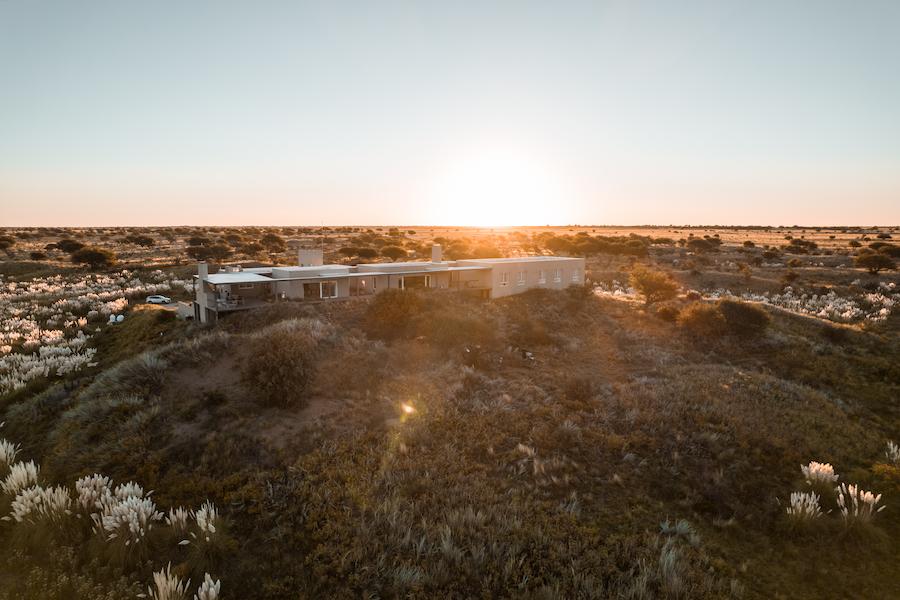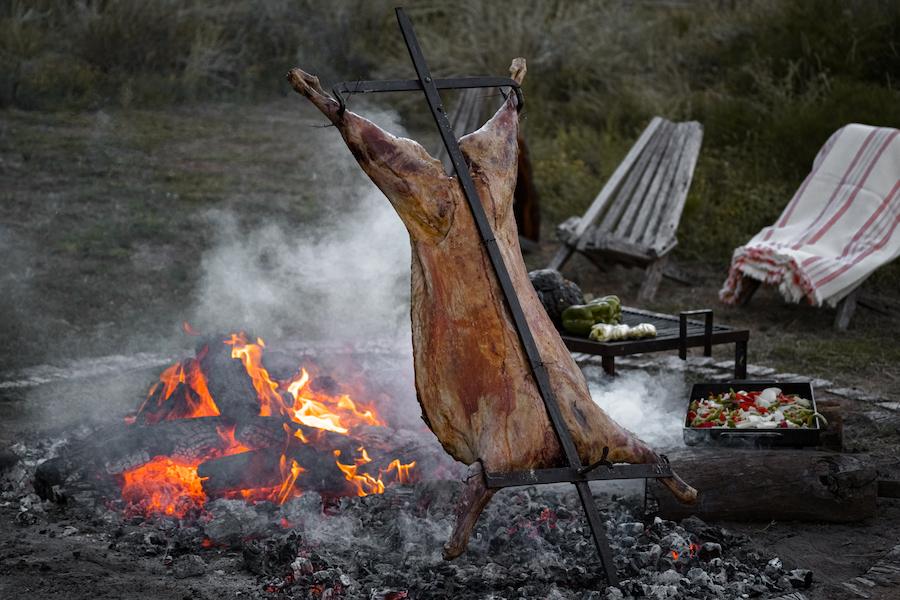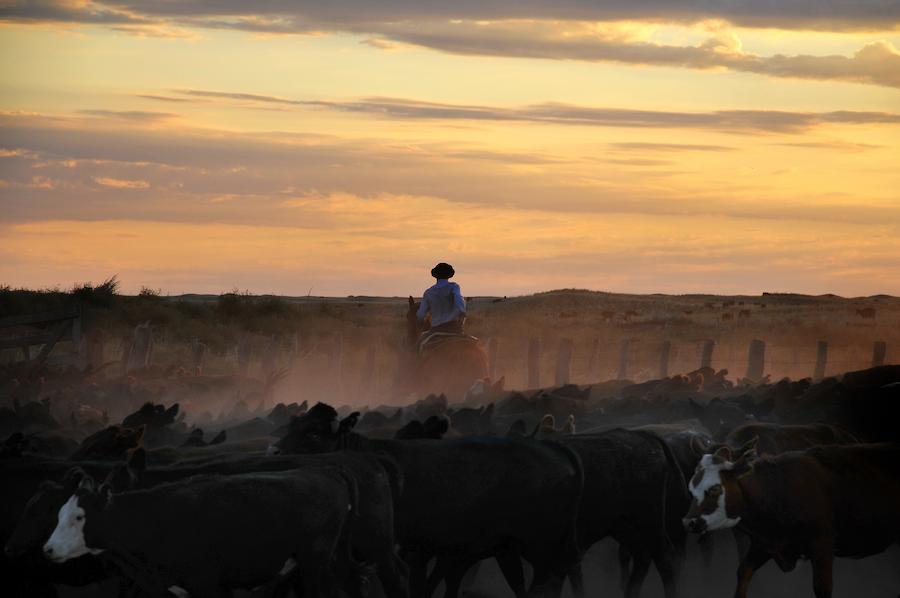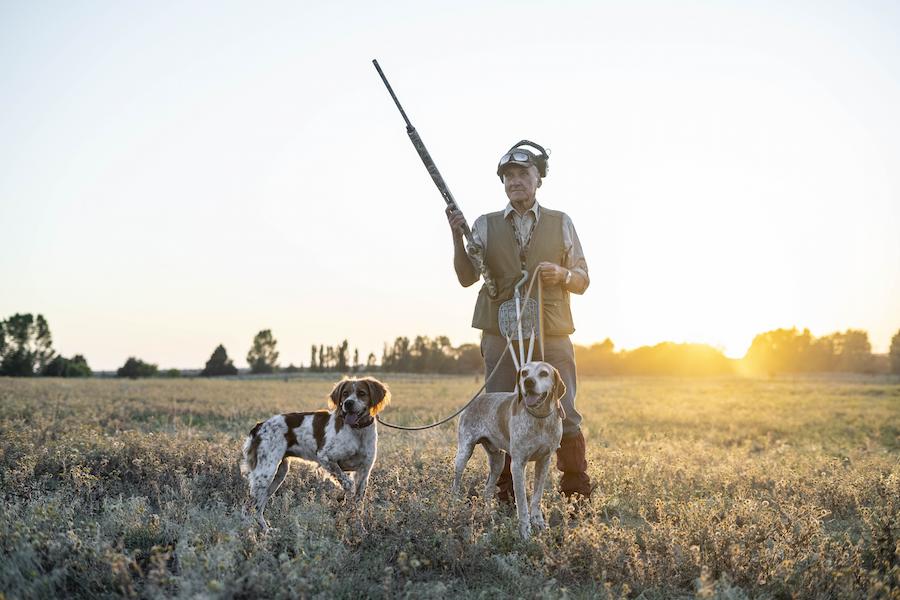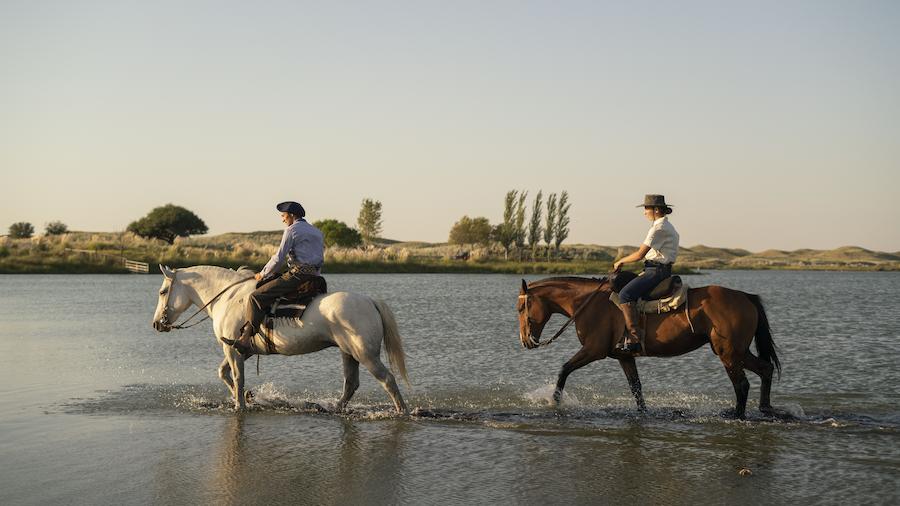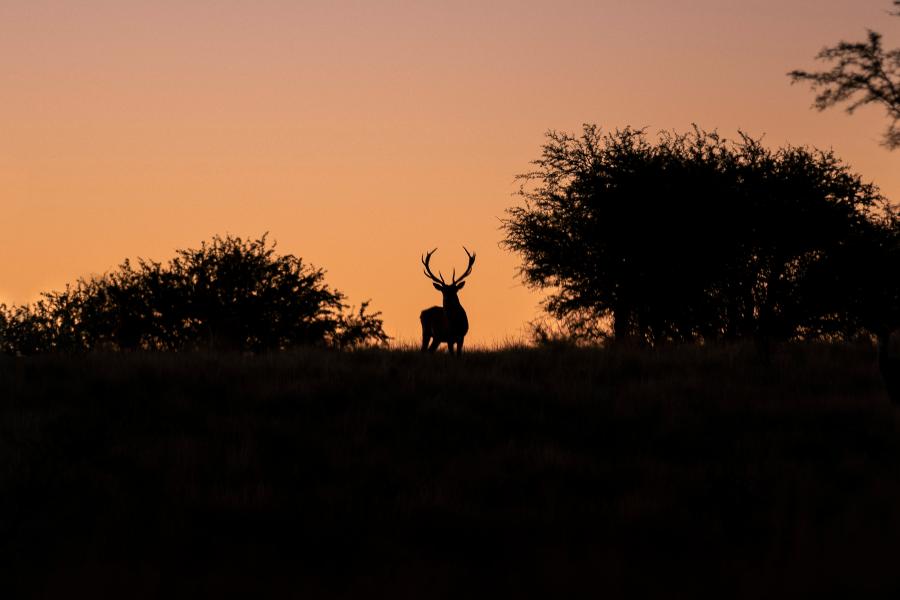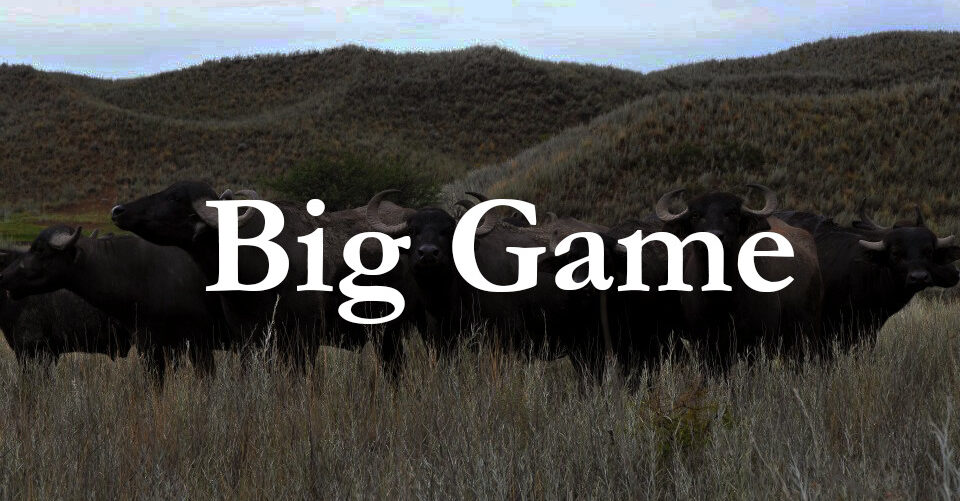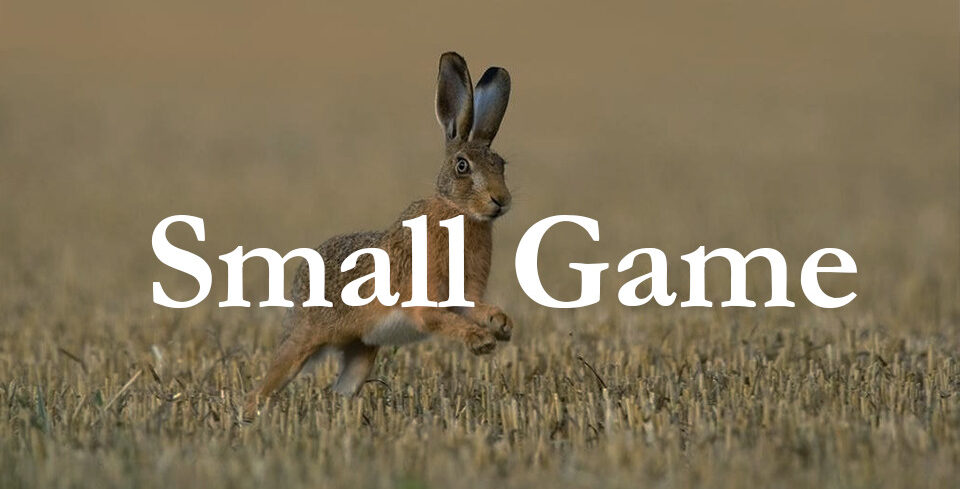Buffaloes are among the most iconic and majestic animals in the world. They are known for their massive size, strength, and resilience, as well as their impressive horns and thick hides. There are two main types of buffaloes that are commonly discussed: the Cape buffalo and the water buffalo. While they share some similarities, they also have distinct differences that set them apart. In this article, we will explore the differences and similarities between these two magnificent creatures.
Cape Buffalo
The Cape buffalo, also known as the African buffalo, is a large bovine that is native to sub-Saharan Africa. It is one of the most dangerous animals in Africa, known for its aggressive behavior and willingness to charge and attack humans and other predators. Cape buffaloes can weigh up to 1,000 kg (2,200 lbs) and stand up to 1.7 meters (5.6 feet) tall at the shoulder. They have a stocky build, with a broad chest and powerful legs that enable them to run at speeds of up to 56 km/h (35 mph).
Cape buffaloes have a distinctive appearance, with a dark brown or black coat that is covered in thick, coarse hair. They also have large, curved horns that can span up to 1.5 meters (4.9 feet) across. The horns are used for defense and can be deadly weapons when used in a charge. Cape buffaloes are herbivores and feed on a variety of grasses, leaves, and shrubs. They are social animals that live in large herds, often numbering in the hundreds or even thousands.
Water Buffalo
The water buffalo, also known as the Asian buffalo, is a domesticated bovine that is found throughout Asia and parts of Europe and Africa. It is widely used for meat, milk, and labor, and is an important part of many cultures and economies. Water buffaloes can weigh up to 1,200 kg (2,600 lbs) and stand up to 1.9 meters (6.2 feet) tall at the shoulder. They have a similar build to Cape buffaloes, with a broad chest and powerful legs.
Water buffaloes have a lighter coat than Cape buffaloes, ranging from gray to black or brown. They also have smaller, straighter horns that curve inward at the tips. Unlike Cape buffaloes, water buffaloes are docile and generally not aggressive towards humans or other animals. They are also social animals that live in herds, often led by a dominant male.
Differences and Similarities
While Cape buffaloes and water buffaloes have some similarities, such as their size and build, they also have several key differences that set them apart. Here are some of the main differences between the two:
1. Habitat: Cape buffaloes are native to sub-Saharan Africa, while water buffaloes are found throughout Asia and parts of Europe and Africa.
2. Behavior: Cape buffaloes are known for their aggressive behavior and willingness to charge and attack predators, while water buffaloes are generally docile and not aggressive towards humans or other animals.
3. Horns: Cape buffaloes have large, curved horns that span up to 1.5 meters across, while water buffaloes have smaller, straighter horns that curve inward at the tips.
4. Coat: Cape buffaloes have a dark brown or black coat that is covered in thick, coarse hair, while water buffaloes have a lighter coat that ranges from gray to black or brown.
5. Diet: Cape buffaloes are herbivores that feed on grasses, leaves, and shrubs, while water buffaloes are also herbivores but may feed on aquatic plants and grasses in addition to land-based vegetation.
Despite these differences, Cape buffaloes and water buffaloes also share some similarities. Here are some of the main similarities between the two:
1. Size and build: Both Cape buffaloes and water buffaloes are large, stocky animals with broad chests and powerful legs.
2. Social behavior: Both Cape buffaloes and water buffaloes are social animals that live in herds, often led by a dominant male.
3. Importance to humans: Both Cape buffaloes and water buffaloes are important to humans for various reasons, such as meat, milk, and labor.
Conclusion
In conclusion, Cape buffaloes and water buffaloes are two of the most impressive and fascinating animals in the world. While they share some similarities, such as their size and social behavior, they also have distinct differences that set them apart. Whether you are a wildlife enthusiast, a farmer, or simply curious about these magnificent creatures, learning about Cape buffaloes and water buffaloes can be a rewarding and enlightening experience.
